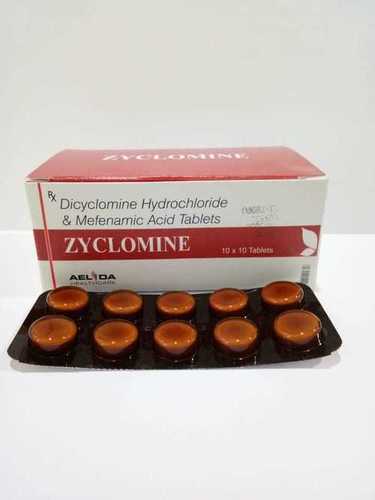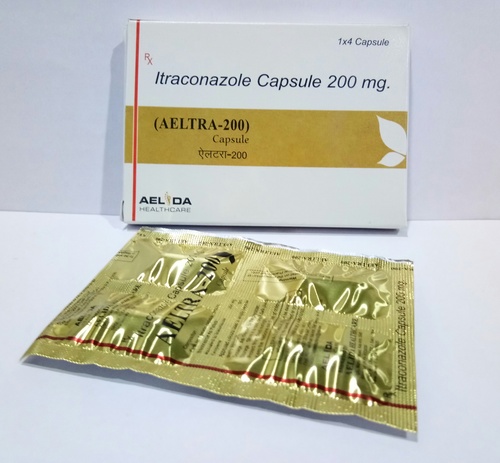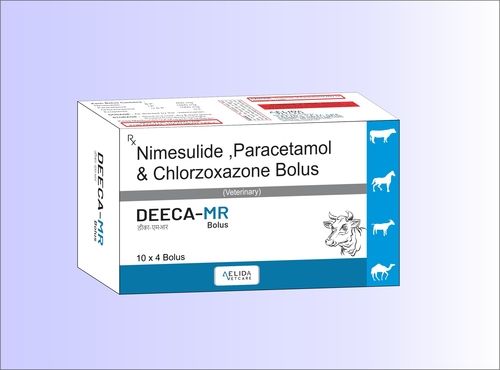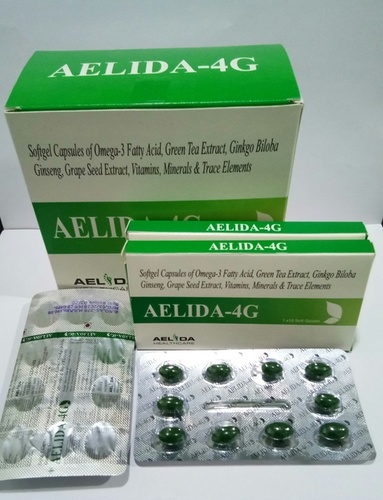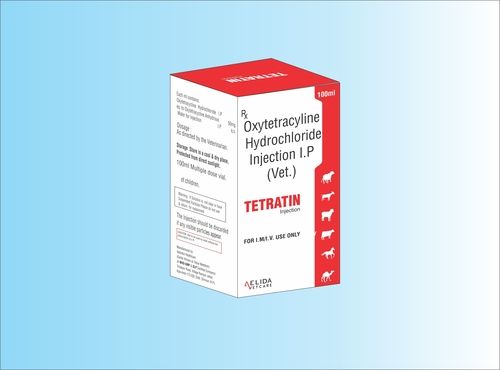Showroom
Our Pharmaceuticals Tablets offer convenient and precise dosing for various medical needs. Formulated with expertise, they ensure effective delivery of medication for optimal health outcomes.
Our Pharmaceuticals Injectables provide rapid and reliable administration of medications, meeting diverse healthcare requirements. Manufactured to the highest standards, they offer safe and efficient solutions for medical professionals and patients alike.
Pharmaceutical Capsules offer encapsulated solutions for precise dosage and easy administration. Manufactured with quality and precision, they provide effective treatment options for a wide range of health conditions.
Join our PCD Pharma Franchise network and embark on a lucrative journey in the pharmaceutical industry. Benefit from our extensive support, diverse product range, and established reputation to build a successful business in your region.
Our Pharmaceutical Softgel Capsules offer enhanced bioavailability and ease of swallowing. Designed for optimal absorption and convenience, they provide efficient delivery of medication for improved therapeutic outcomes.


